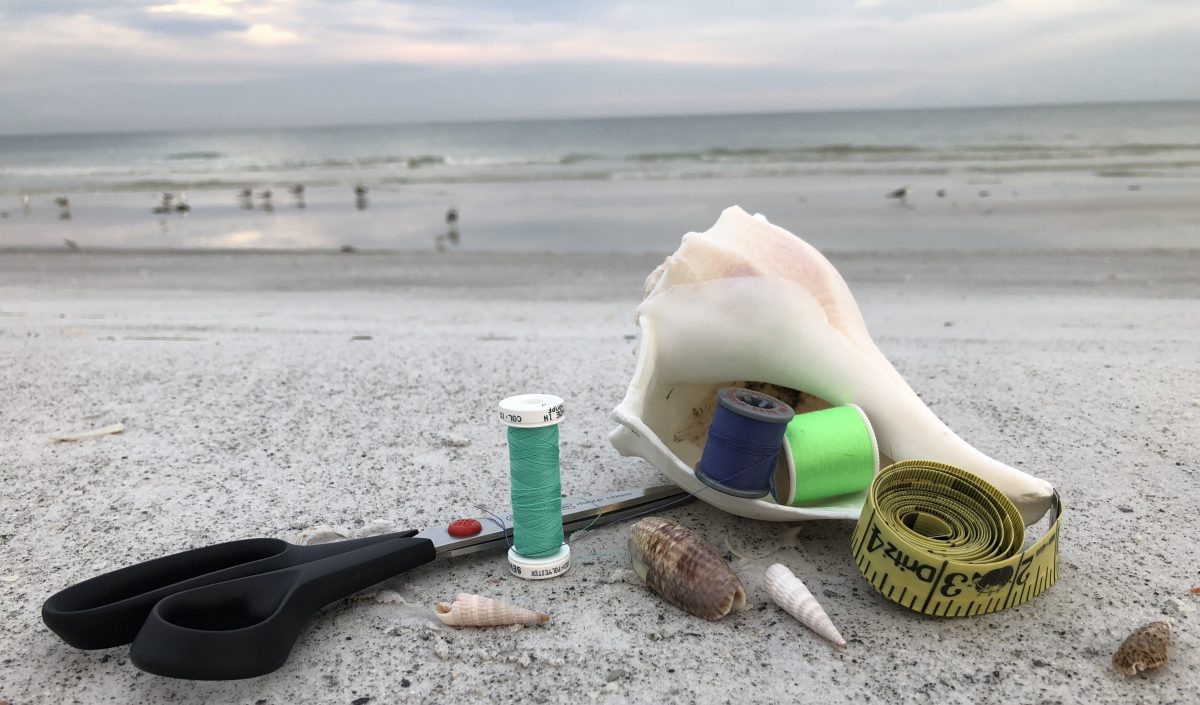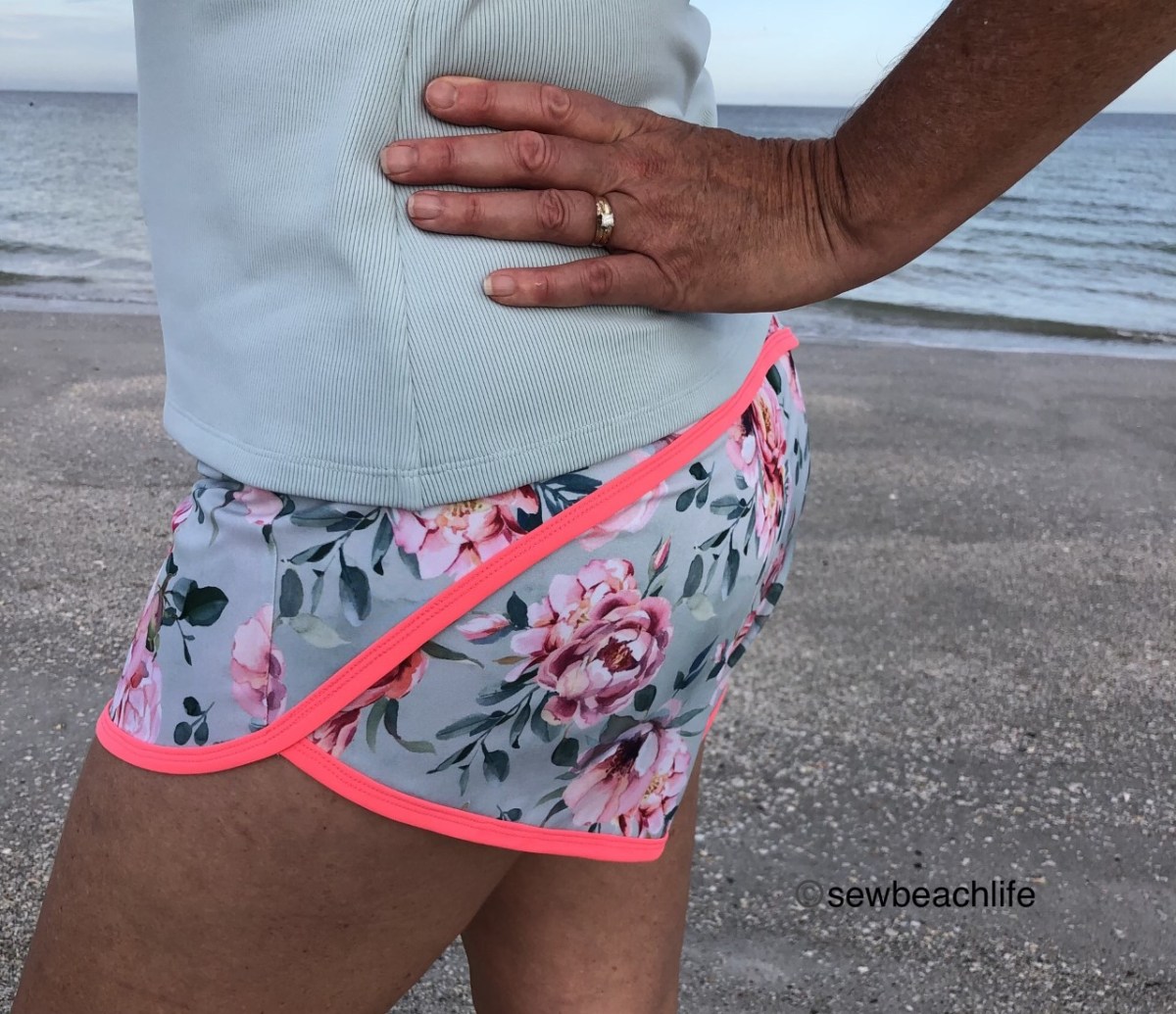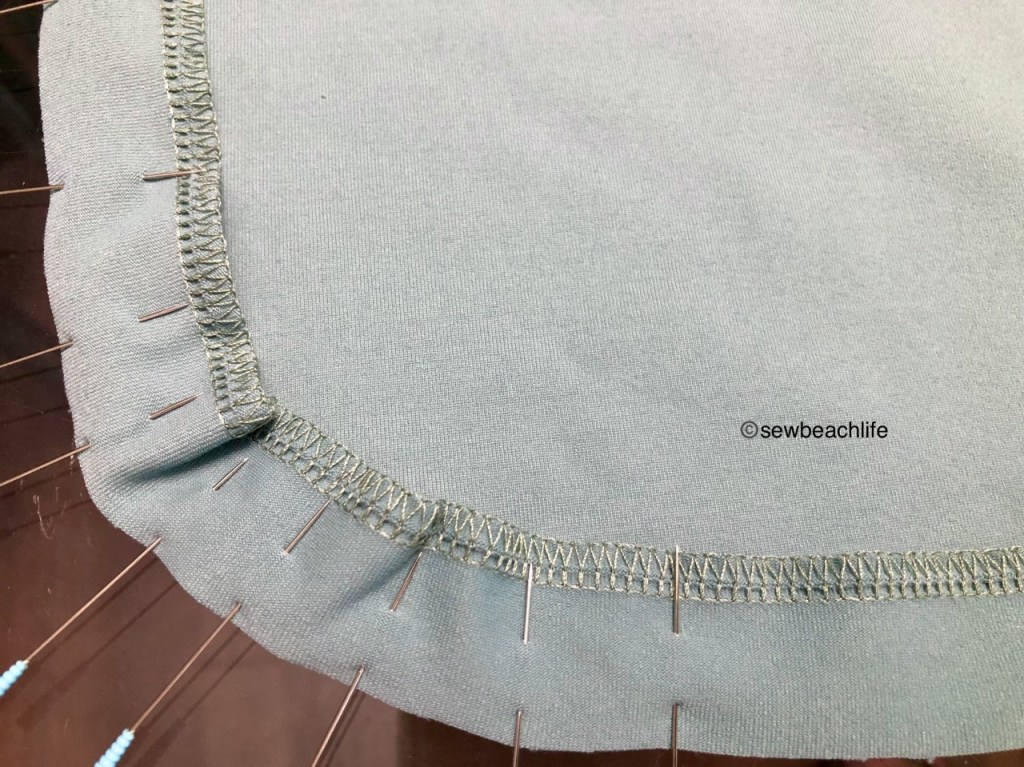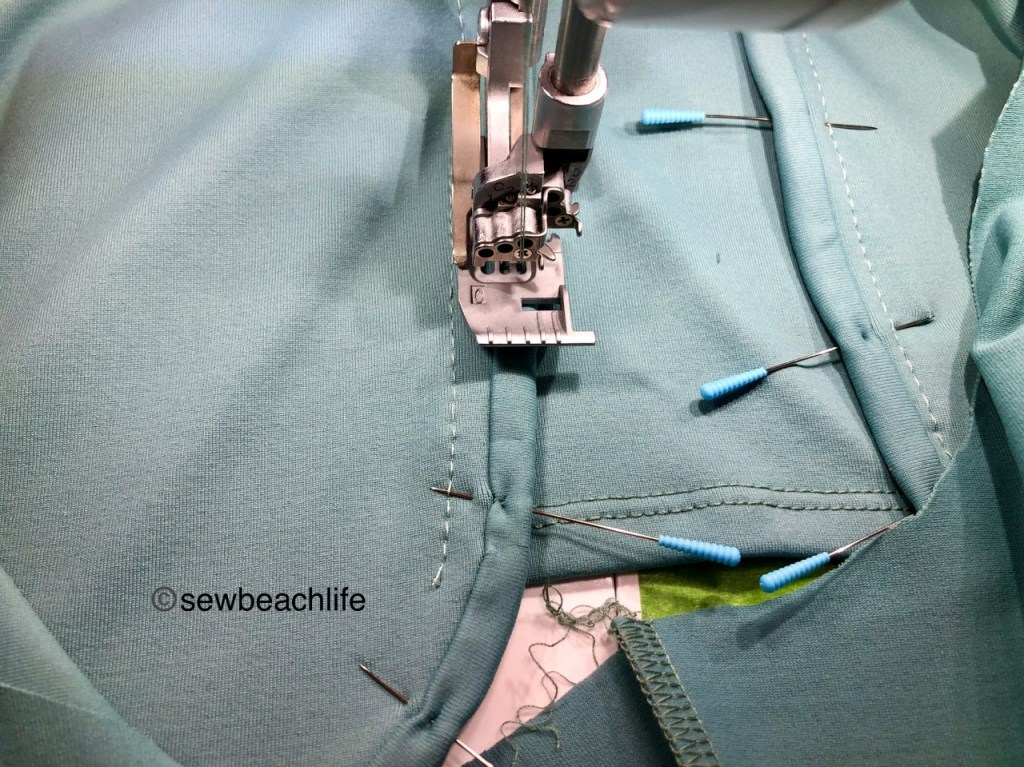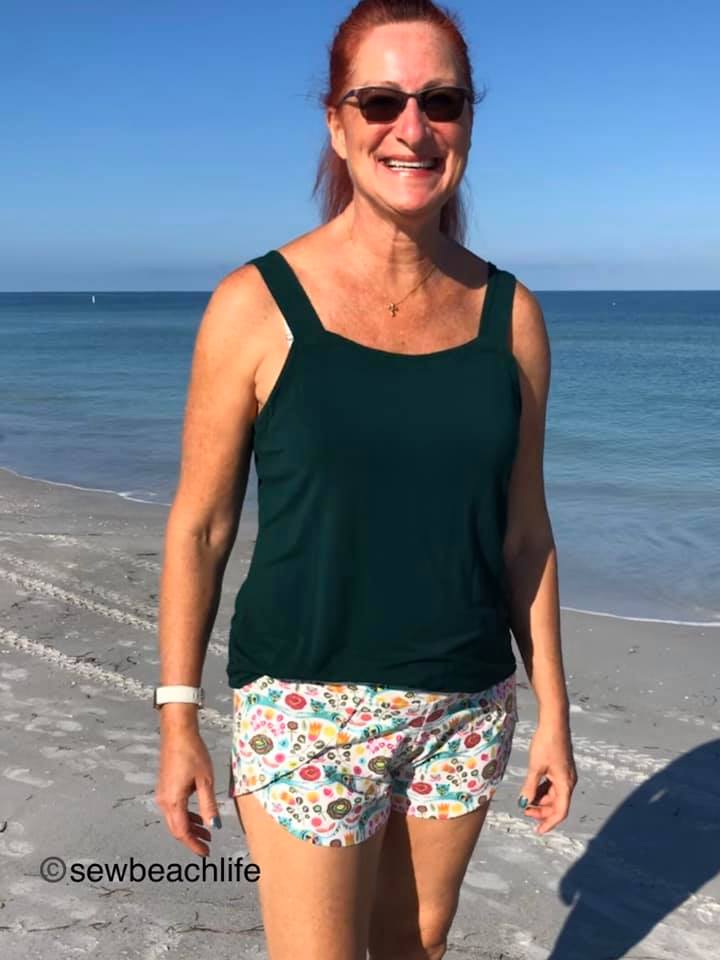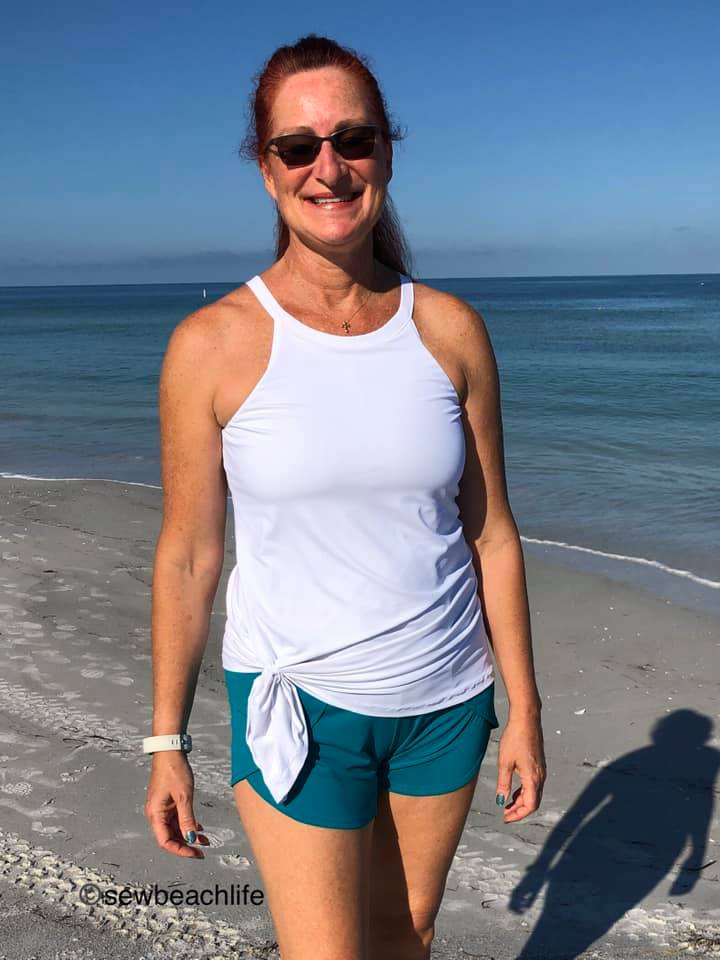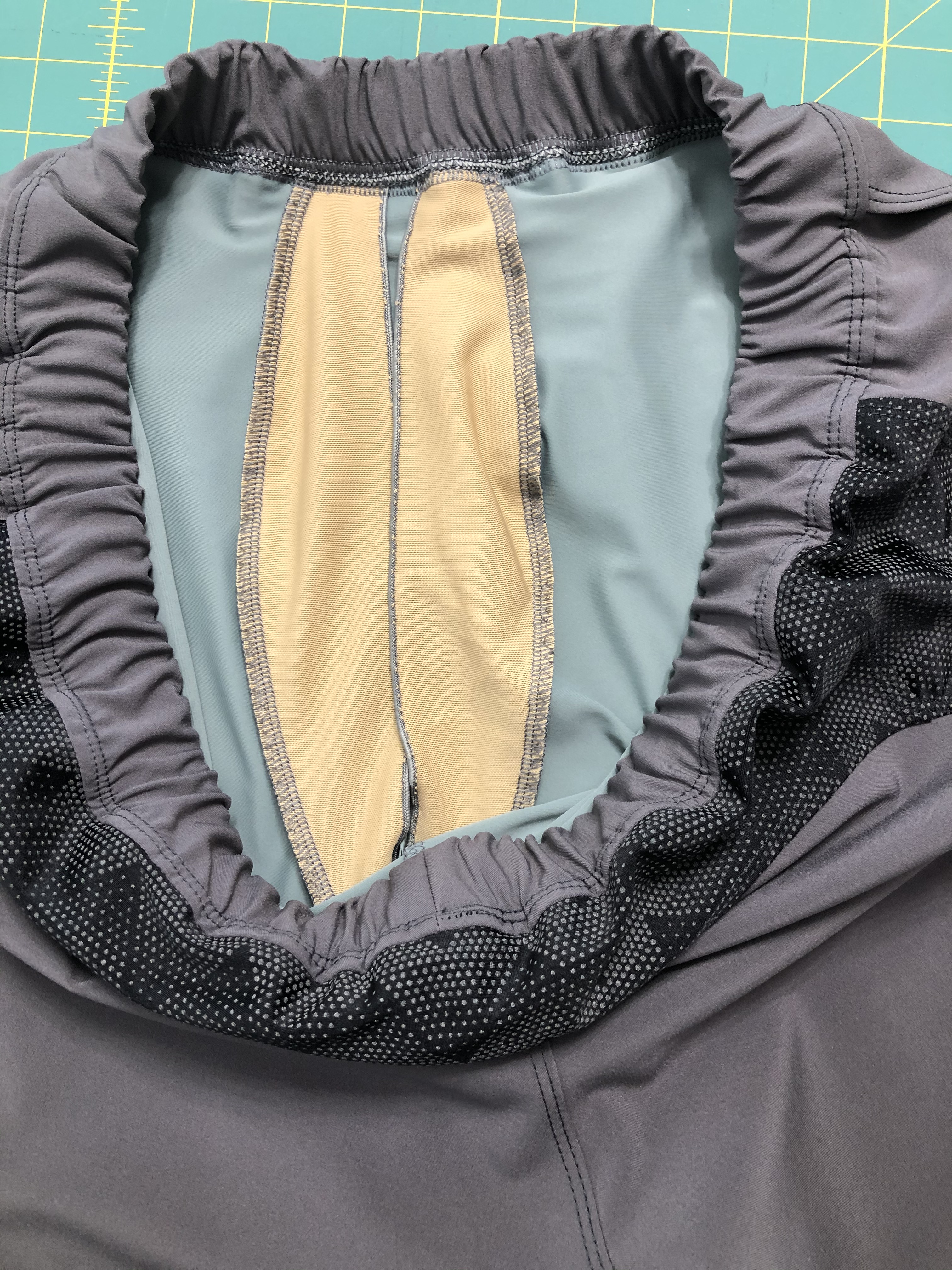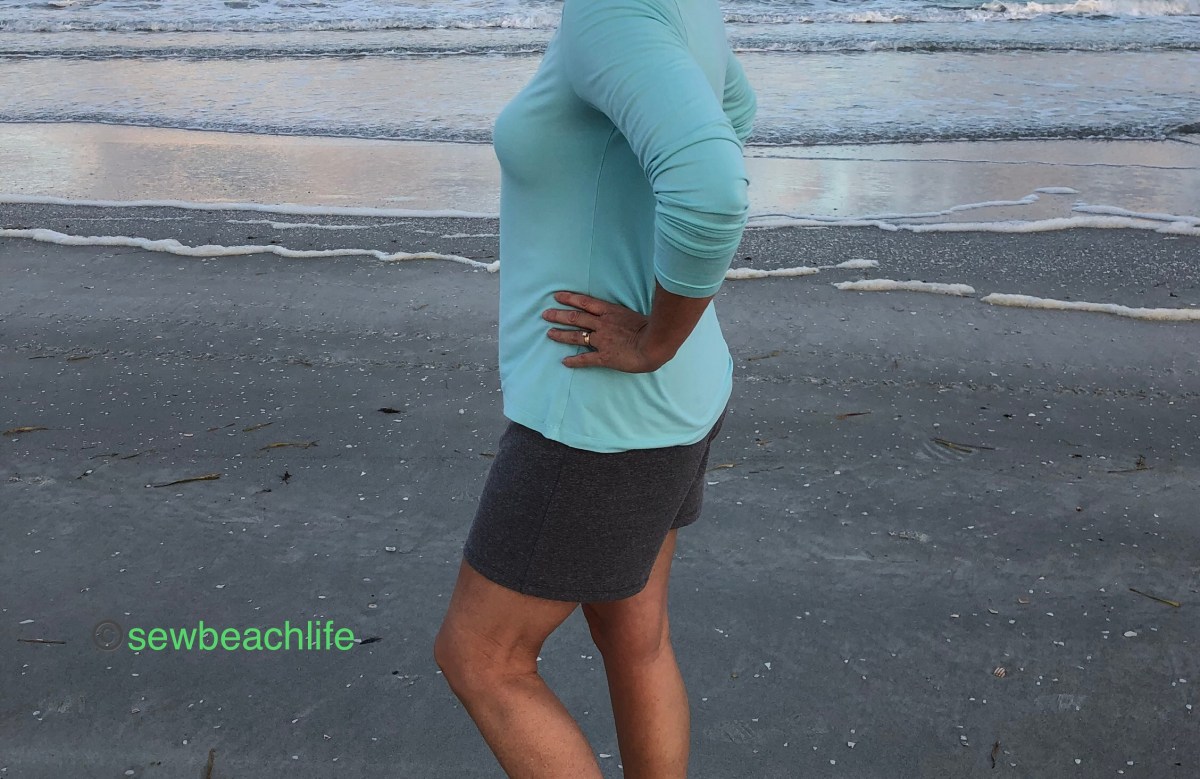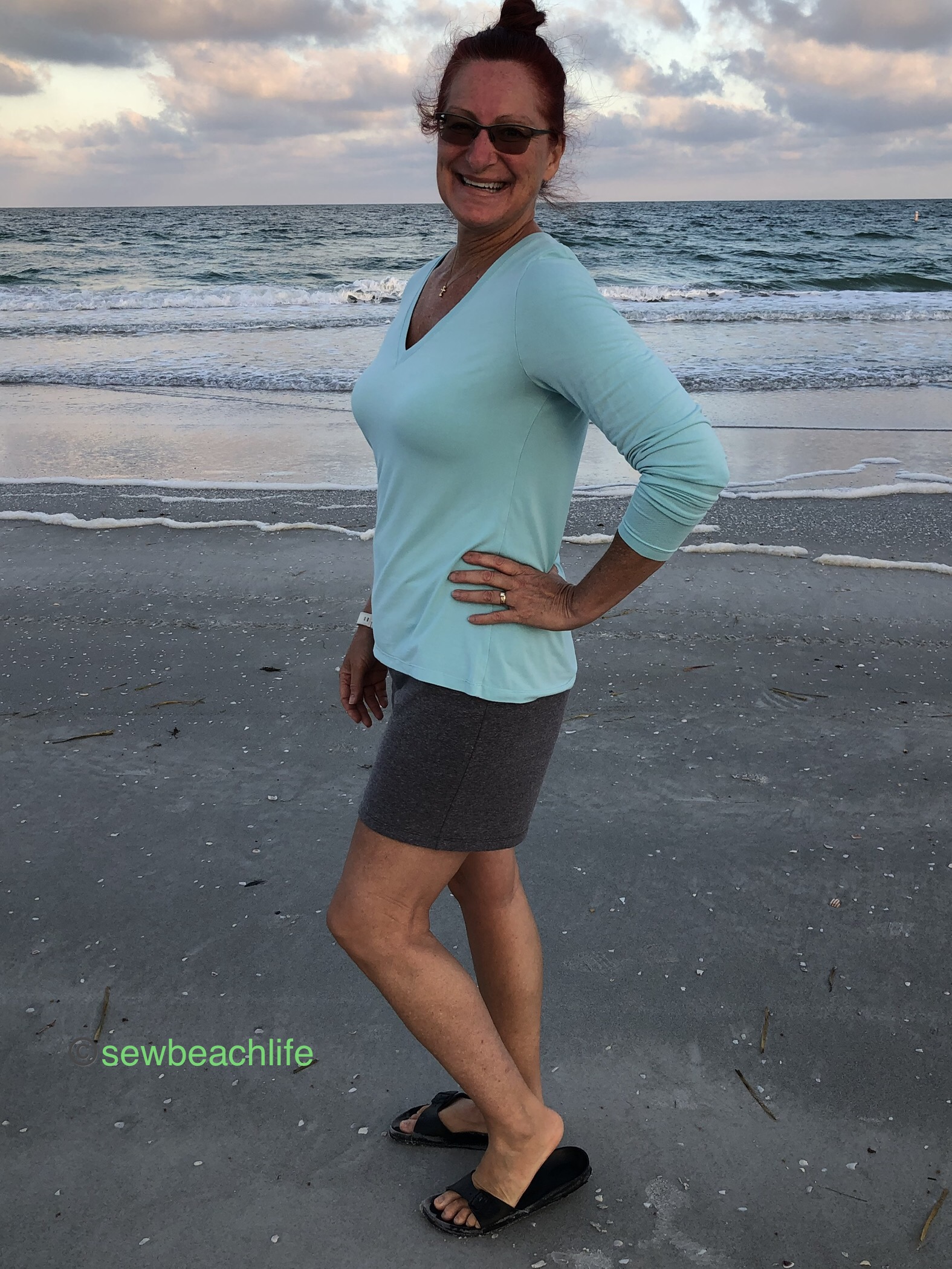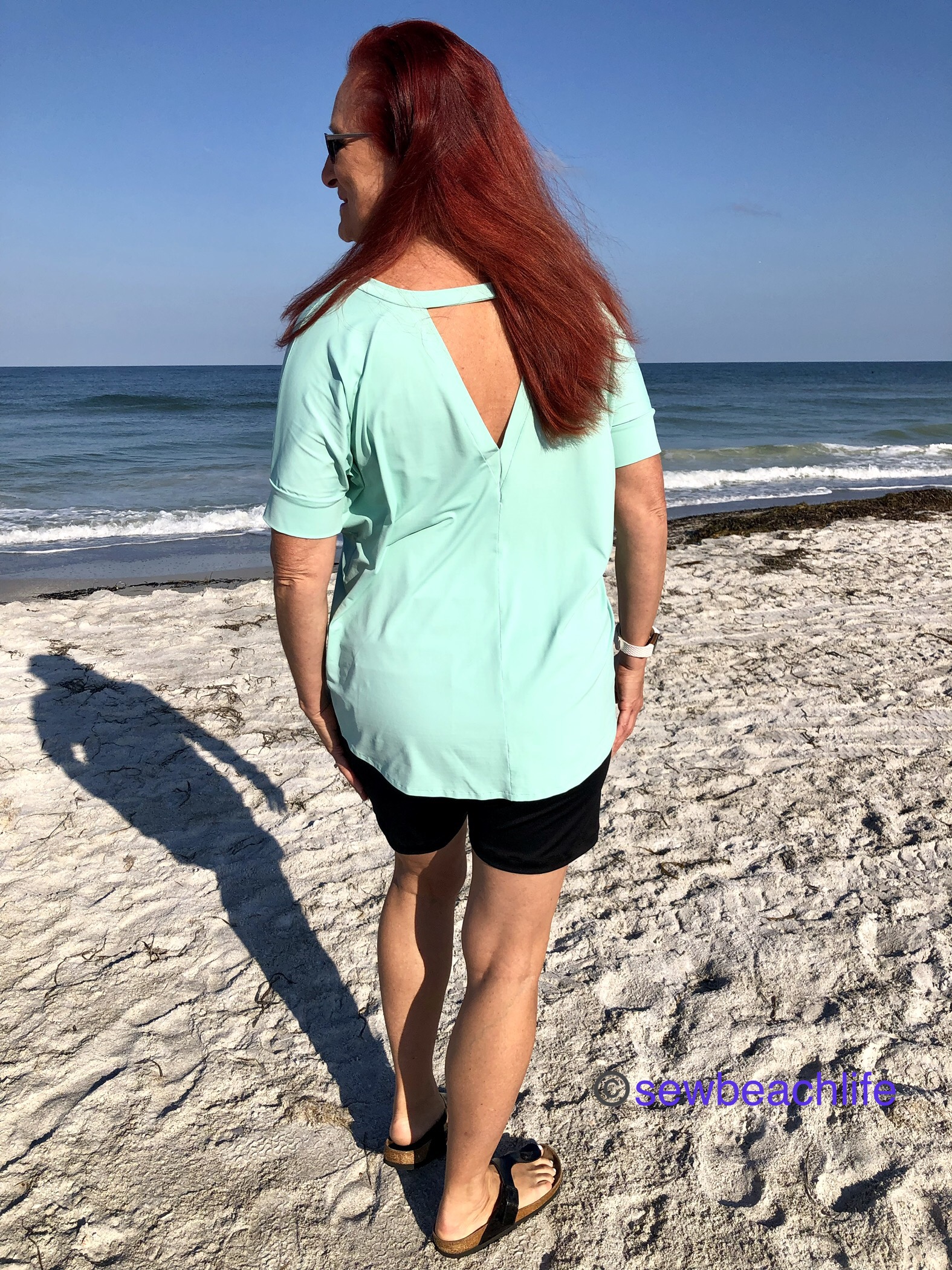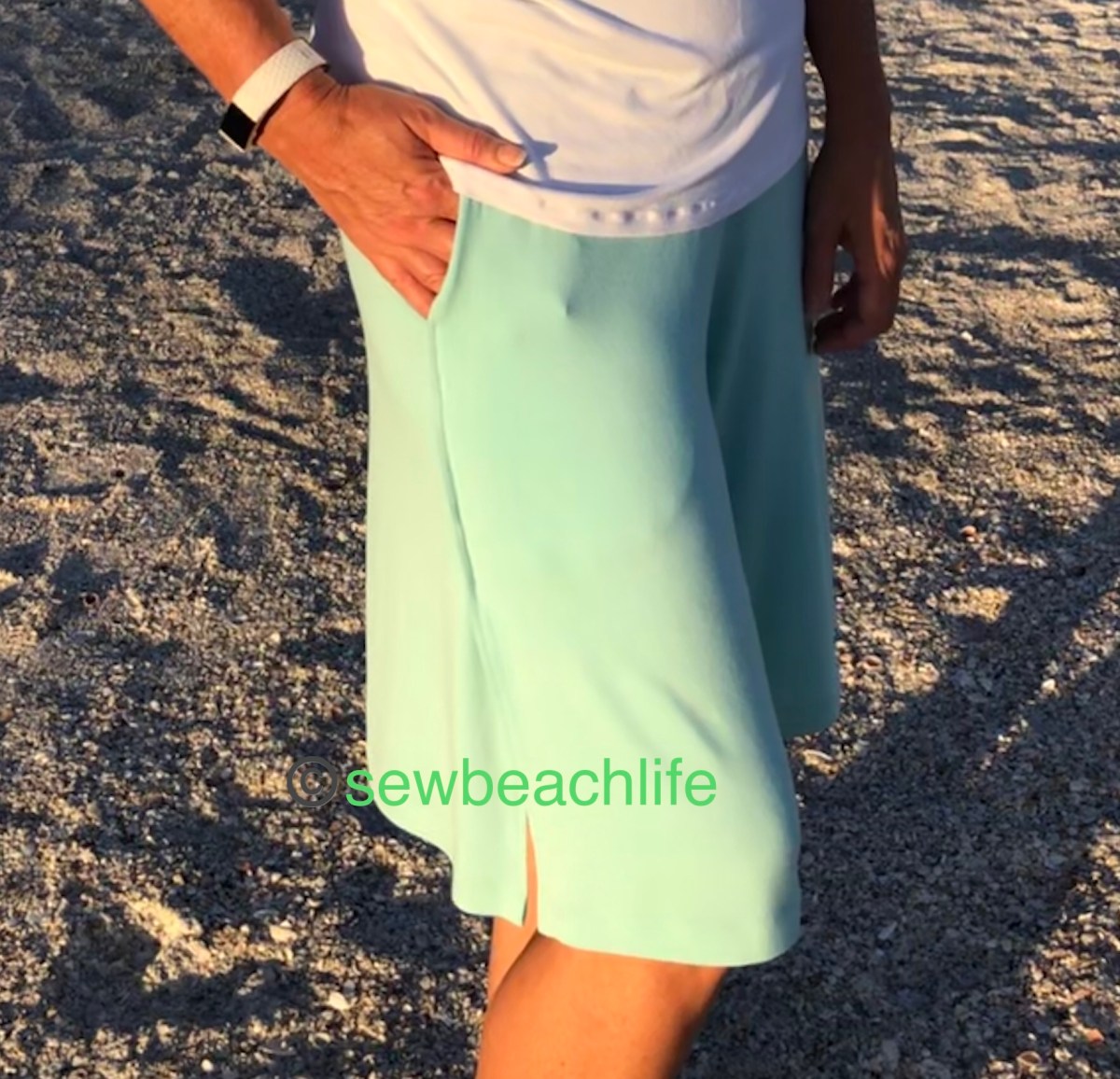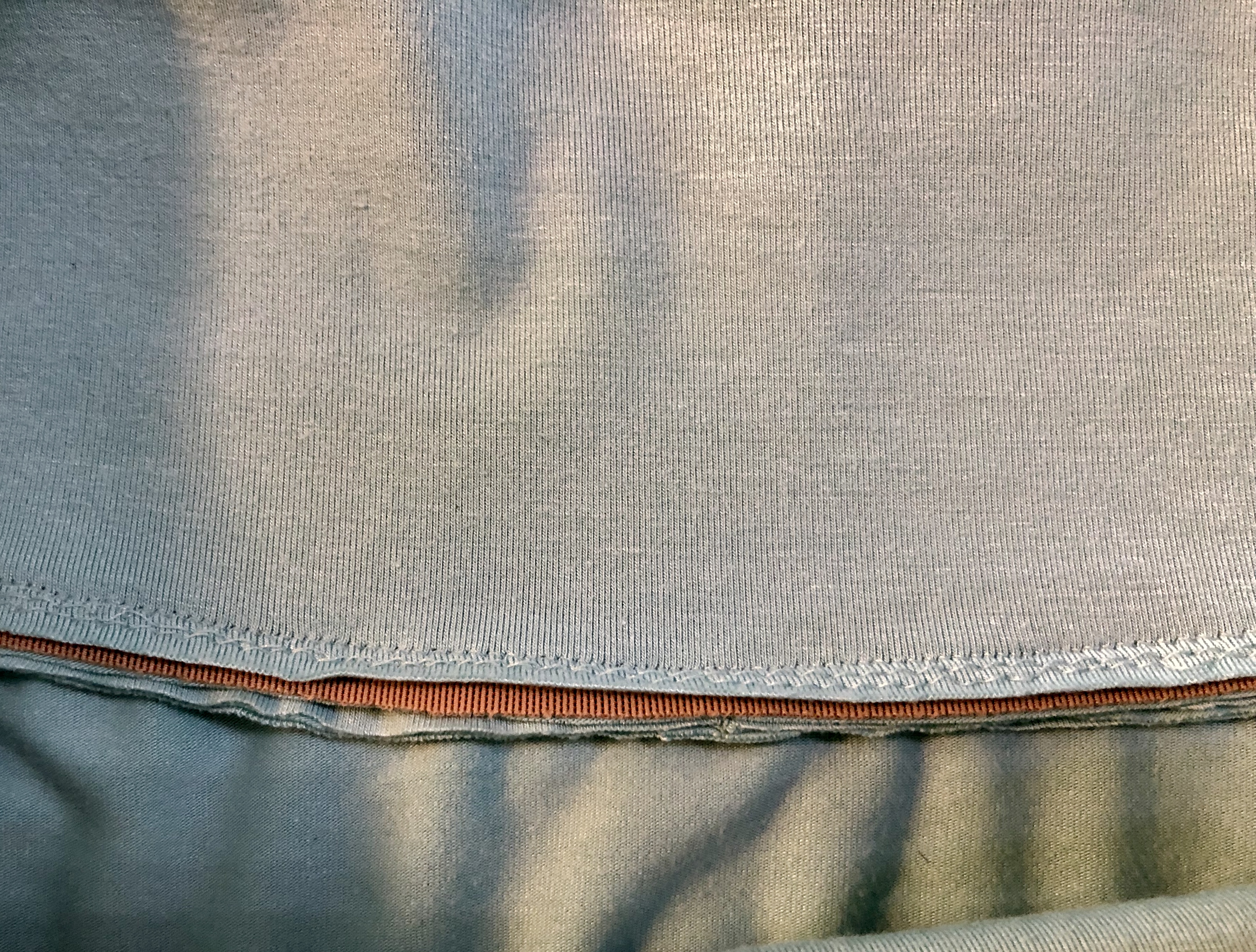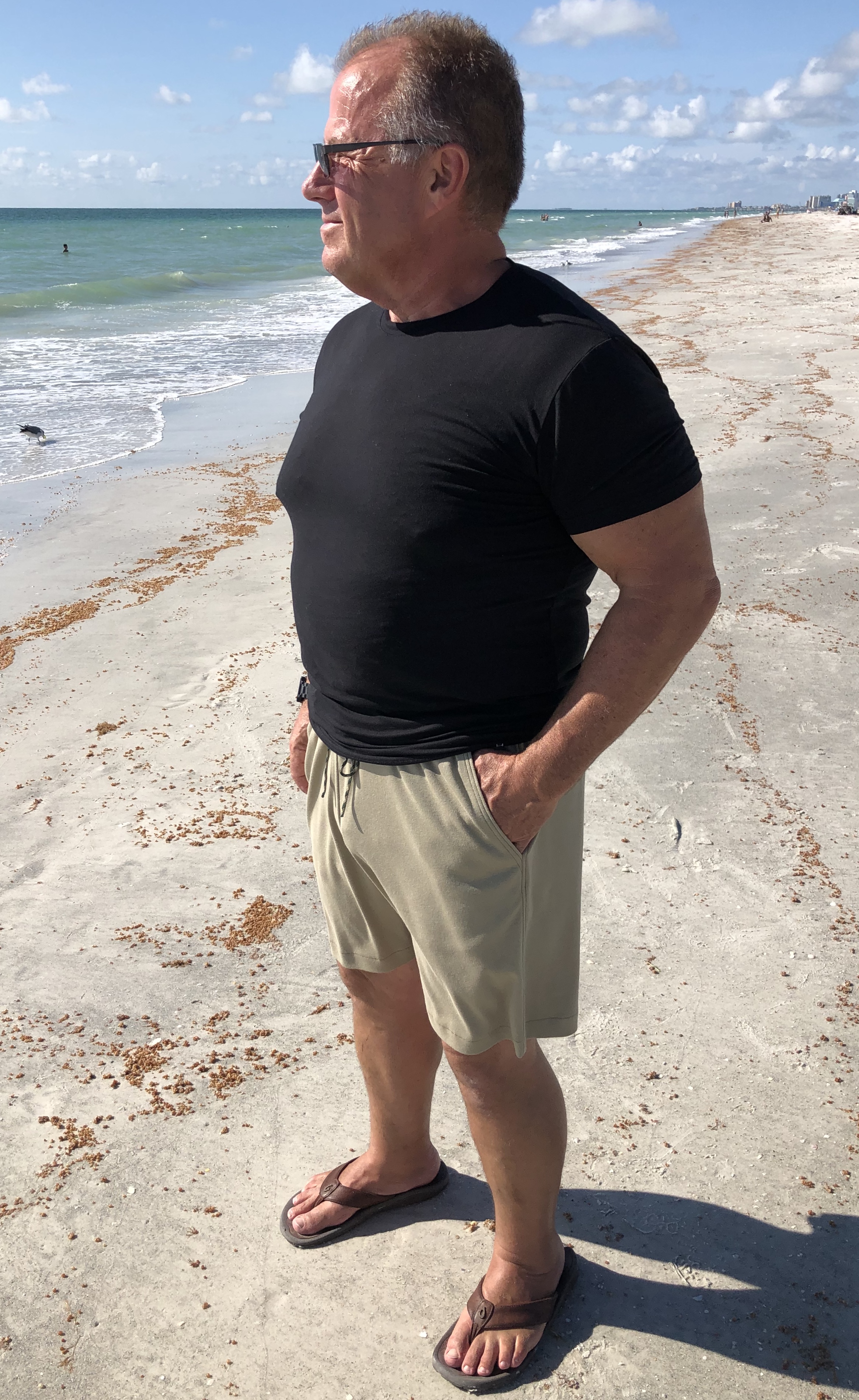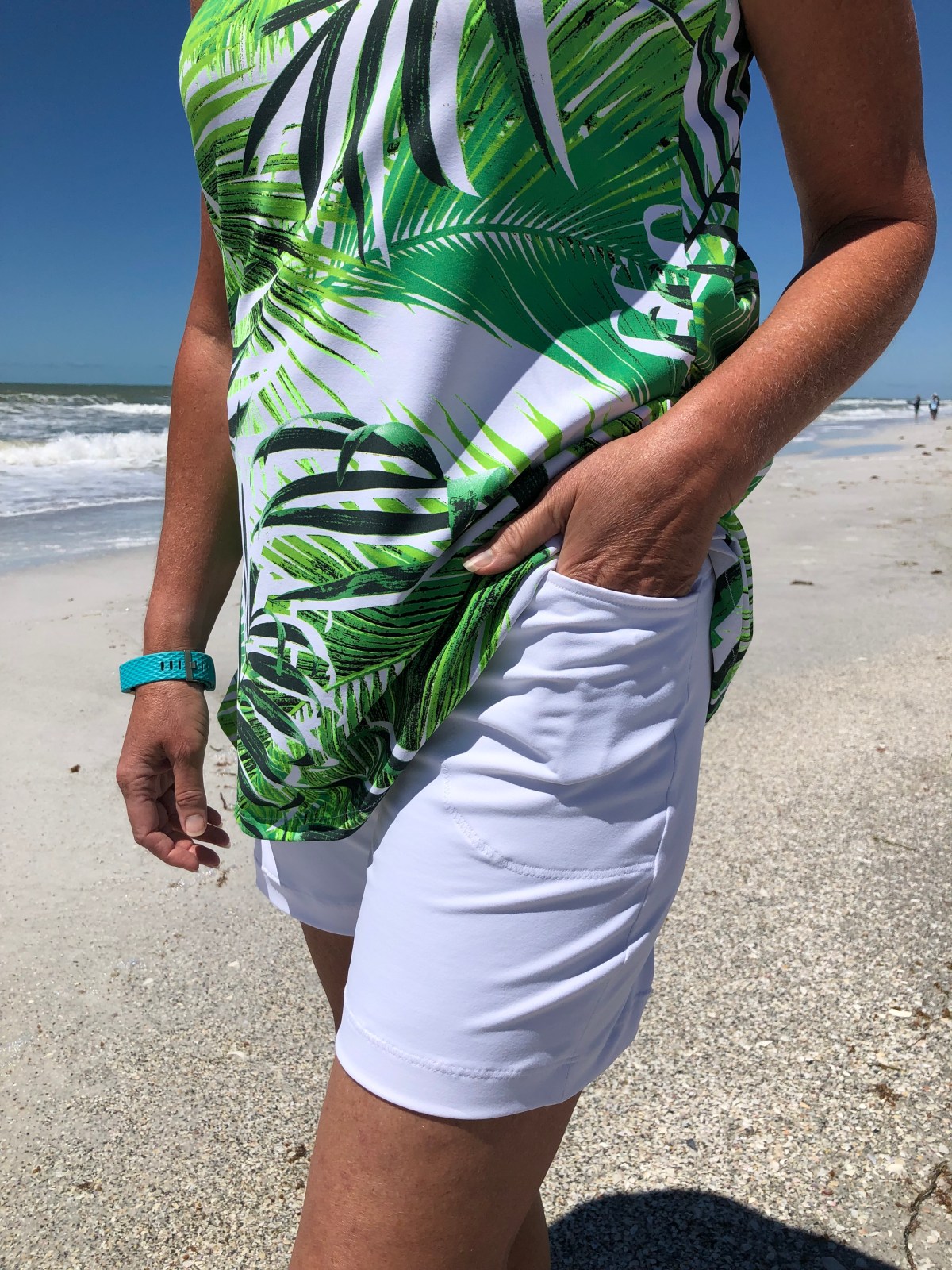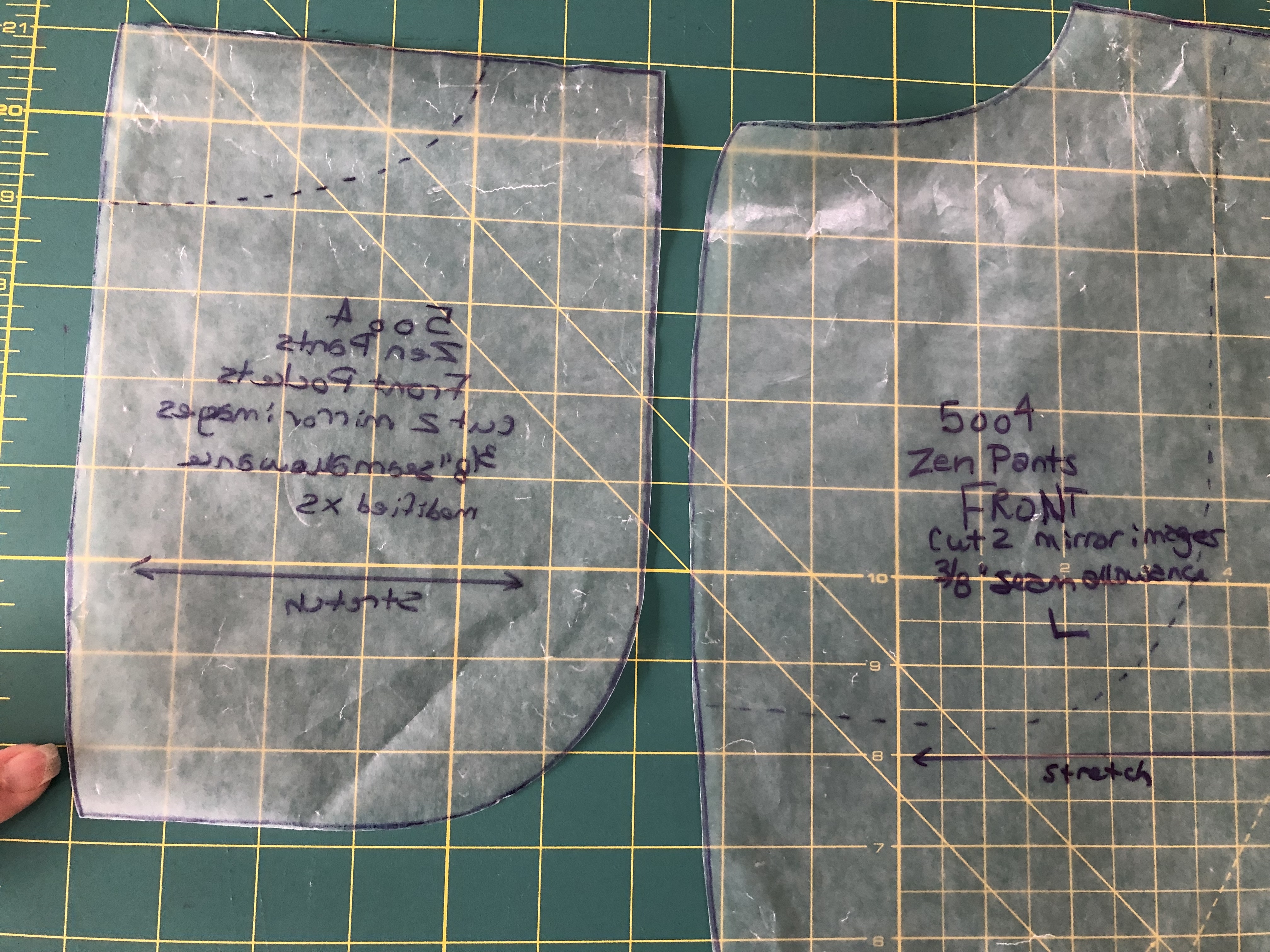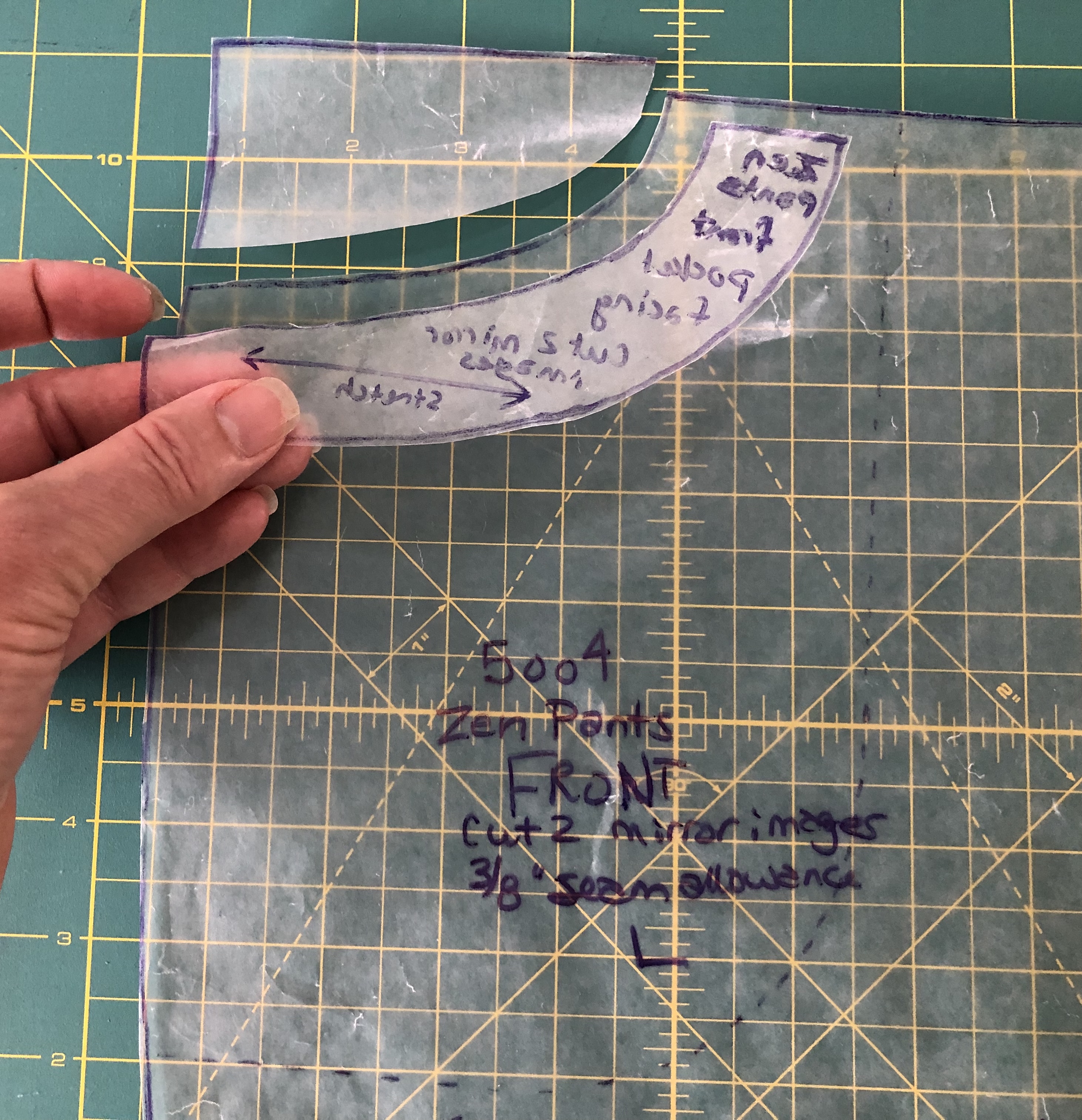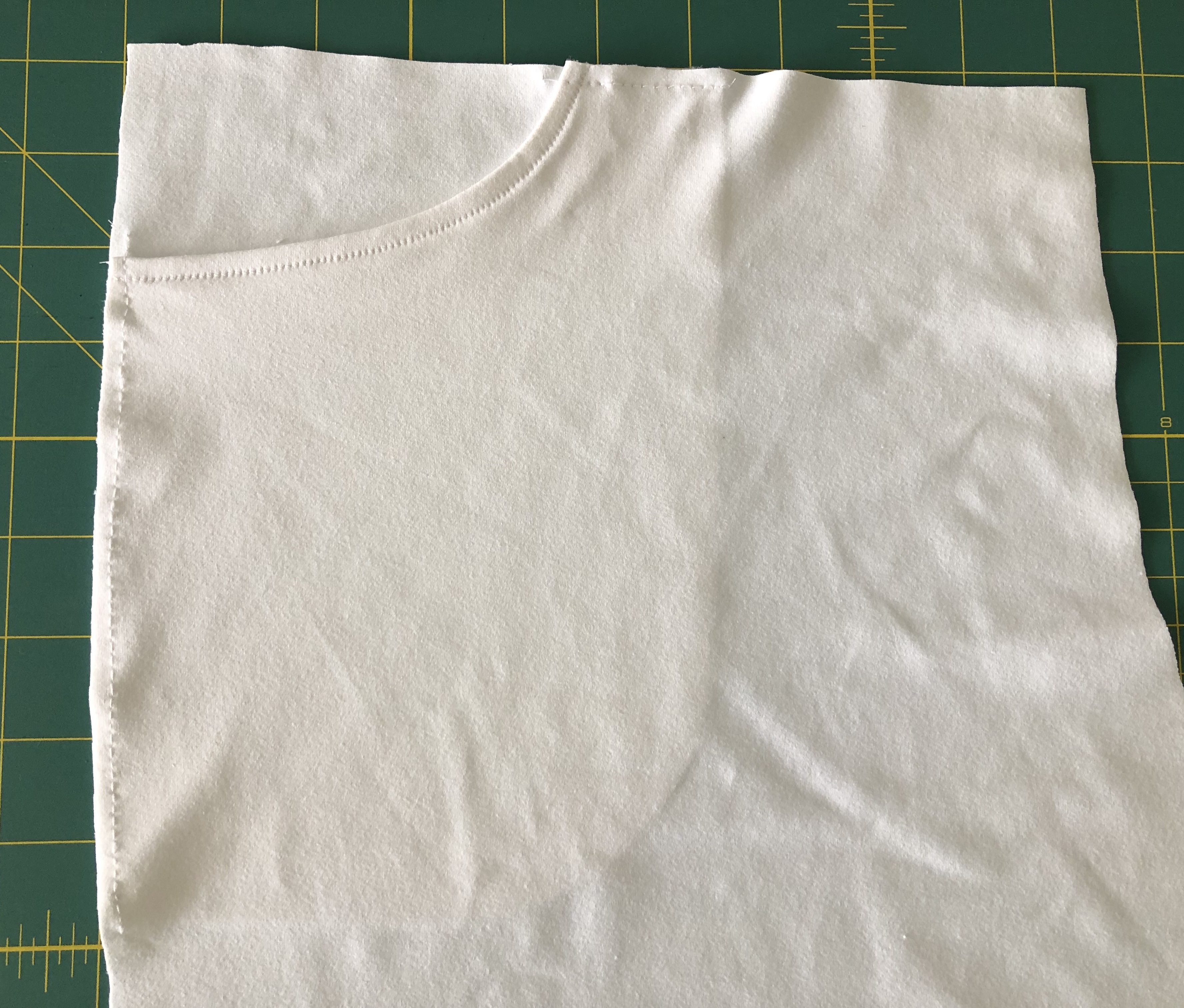The Moxi Shorts pattern just got updated into the extended GreenStyle Creations size range, the pattern received a few tweaks, and a youth size version of the pattern was released! The Moxi’s are one of the few GreenStyle patterns I hadn’t tried yet. I think I was afraid that they’d be too short, or hard to fit, or something. But living in sunny (although currently rainy, thanks to the tropical storm) Florida, I need all the shorts patterns!
Color me very pleasantly surprised with the fit. I mean, look how cute these shorts are!
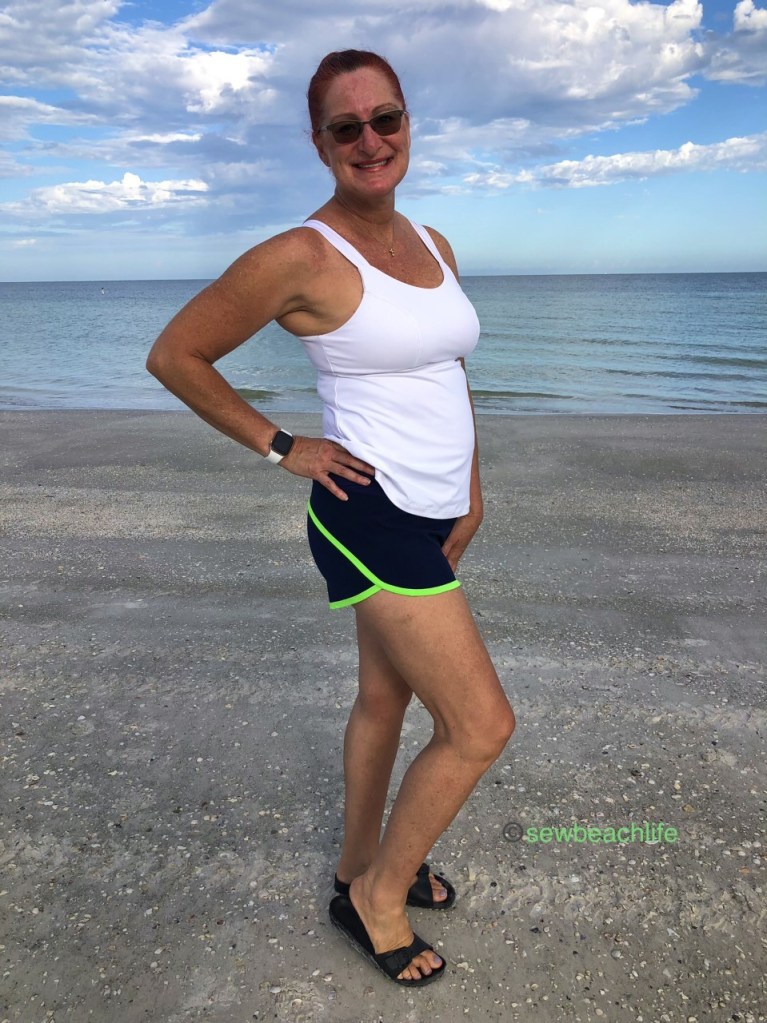
Although they are shorter shorts, they’re not too short if you know what I mean. When I cut out the first pair, I figured that I’d want to make the optional bike shorts as a lower layer to cover a bit more leg. But once I sewed them up, I was happy with the coverage and decided I didn’t need either the bike short or briefs under layer. There is a great FIT TIP in the tutorial to help slim the lower back leg, and it worked perfectly to curve in under the booty. I narrowed the lower back one size and it gave me just the fit my booty needed!

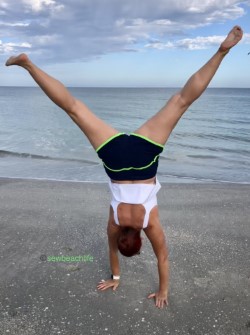
The Moxi shorts have a unique method of construction, and the wide binding is a great opportunity to add a pop of color whether you’re using a solid or patterned stretch woven fabric. Here’s my little tip for binding: although you can use stretch woven cut on the bias, I think it’s easier to use a high quality knit with plenty of spandex. That way you don’t have to cut on the diagonal and stitch a bunch of strips together. I chose a nylon spandex swim fabric for my binding, and cut it with the greatest stretch (across the “grain”) and it worked great!
Here is another sewing tip for the Moxi’s: although stretch woven is just that- a woven fabric, since it does have stretch, it’s a good idea to up the differential to 1.3 on your serger to keep the seams from becoming wavy. It seems like such a small change, but it can be the difference between a good sewing job and a much more professional looking job.

I used GreenStyle stretch woven “Mint To Be” and absolutely love that it coincidentally matches one of my Cami Tanks blogged here. When my husband first saw the fabric, he was surprised that I bought a floral print. I tend to wear a lot of solid colors, and floral is generally not my gig. But once I had them made up, he kept commenting how cute they look. And here’s the proof- the photo he snuck while we were walking.

I also like that the shorts are comfortable while sitting. Or preparing to jump off of railings! 🙂
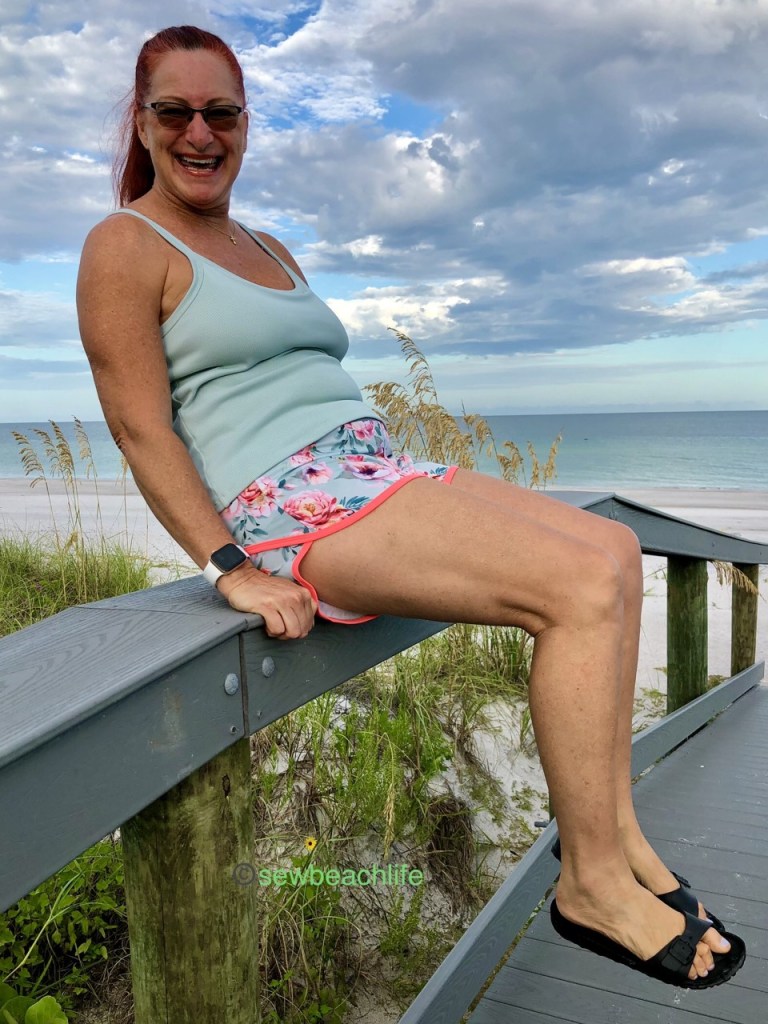
The Moxi’s also look super cute when paired with a Power Sports Bra hacked into a workout top. I hacked this one similarly to the one I made to match my Spark Tights with photo instructions blogged here. Except I used a powernet insert in the back panel, and used two strips of bra strapping for my straight straps.

And no, I didn’t use bra cups in my top, even though it’s white. The design of the bra, thickness and support of the Supplex and powernet is sufficient. Like the Power Sports Bra, the Moxi Shorts are another brilliantly designed pattern that’s definitely worth sewing.
And let’s talk about the updated waistbands. There is an elasticated waistband meant to be used with stretch woven fabric. There is also a nicely contoured waistband meant for knits, with a high and low rise. I ended up making both my waistbands 1/4″ higher than low rise. I know, I know, I’m generally a high rise waistband girl, but going just slightly higher than low rise gave me a perfect fit.
The details: as noted earlier, the mint Moxi Shorts are made of GreenStyle stretch woven. The mint Cami Tank fabric, and the mint waistband fabric came from JoAnn Fabrics.
The navy shorts are Phee Fabrics stretch twill, the neon green and neon coral binding and the navy waistband are nylon spandex tricot, also from Phee Fabrics.
The links to GreenStyle are affiliate links, which means that at no extra cost to you, I may receive a small commission if you purchase through my link. As always, I only give my honest opinion. After all, it is my blog, which represents me! Thank you for reading and sharing my love of creating, sewing, patterns, fabric, and making beautiful, well-fitting garments! ❤
